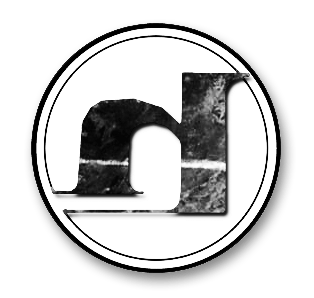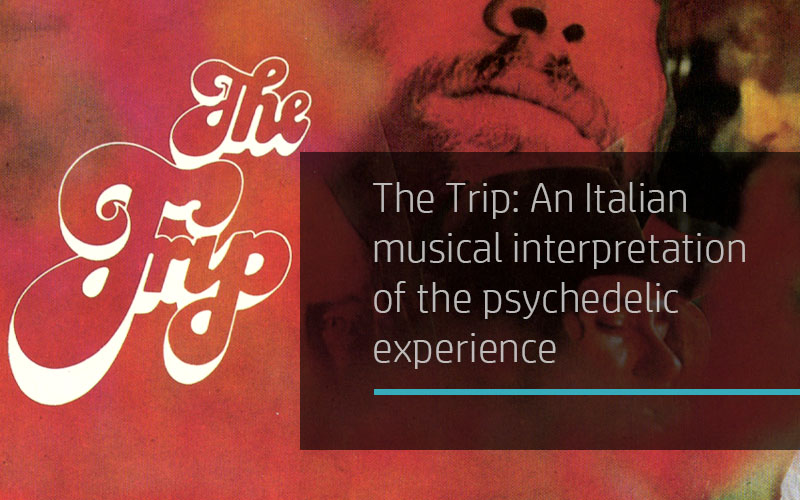
The Trip: An Italian interpretation of psychedelic experience
The Trip
By The Trip
RCA 1970
Musicians:
Billy Gray / guitar & vocals
Arvid ‘Wegg’ Andersen / bass & vocals
Pino Sinnone / percussion
Joe Vescovi / organ & vocals
Side 1
Prologo
Incubi
Side 2
Visioni Dell ‘Aldila’
Riflessioni
Una Pietra Colorata
The Trip is ultimately an Italian musical interpretation of the psychedelic experience. Despite the fact that the group was formed in London and at its inception included English musicians such as Ritchie Blackmore, Arvid ‘Wegg’ Andersen (born in London of Norwegian parentage), Billy Gray and Ian Broad, by the release of this, their first LP, only Andersen and Gray remained. The departure of the Anglo-Saxons arguably meant that The Trip is rarely discussed in any history of psychedelic music. In an interview with Filippo Casaccia, a writer from the Italian version of Rolling Stone, group leader Giuseppe ‘Joe’ Vescovi, known as the Italian Keith Emerson, admitted that The Trip is the “least known” of the group’s recordings. Yet, the development of progressive and psychedelic rock in the UK and US offered a model for young Italians to find new ways of communicating their hopes, fears and desires; new dimensions, in the face of tradition and conservatism, of artistic expression. As Stefano Bragato states: ‘albums were no longer conceived as containers of hits, but as artistic artefacts with an intrinsic aesthetic value’.[i] The Trip is one such venture.
If the band are known at all now, it is for being one of a string of Mediterranean groups inspired by the 1960s counterculture such as Napoli Centrale, Le Orme, Banco del Mutuo Soccorso and Osanna. The Trip can be viewed making a bizarre appearance performing Beatles/Monkees-style escapades (such as careering around Rome on a brightly coloured float) in the Italian crime caper Terzo Canale: Avventura A Montecarlo (1970) alongside The Primitives and another legendary Italian rock band I New Trolls.
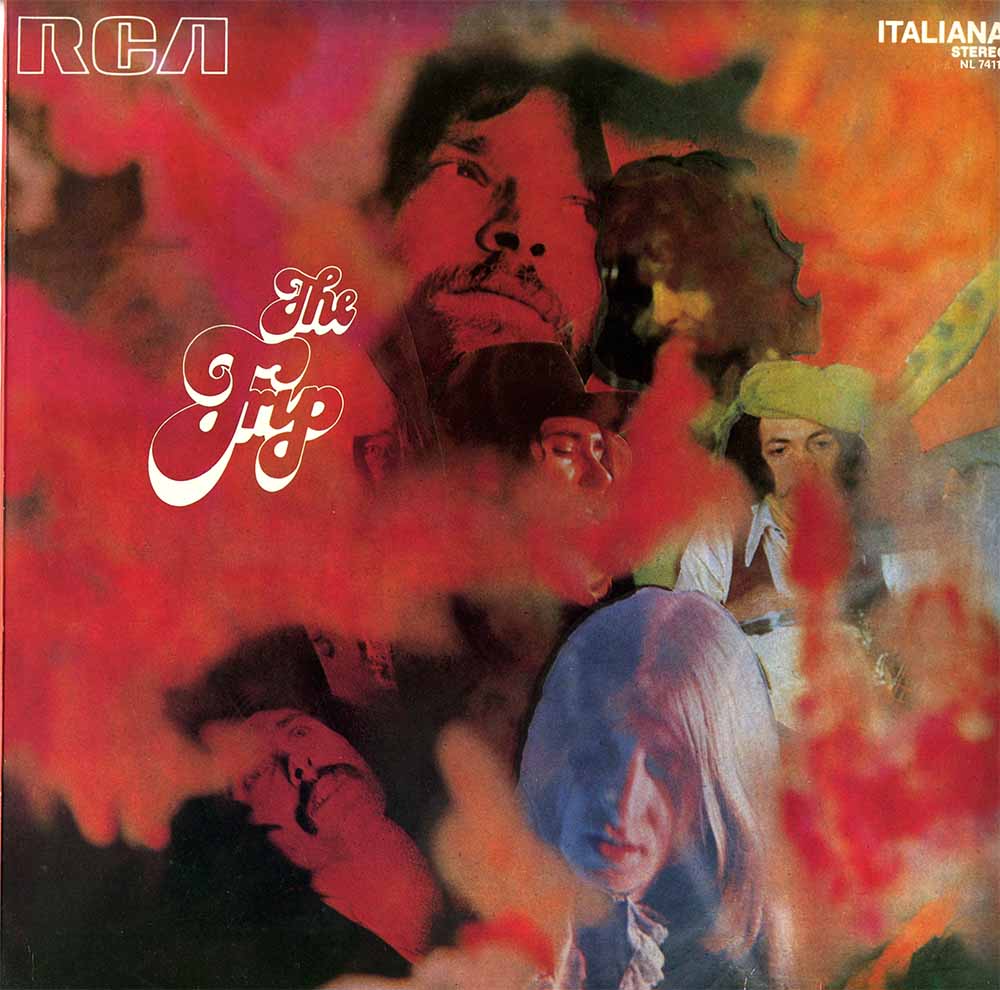
Progressive rock
There is often the question of whether a recording is actually ‘psychedelic’ or just rock music with some improvisation thrown in. As a group, The Trip performed mainly what could be labelled progressive rock. This dimension of the group’s aesthetic was mainly powered by the prominent sound of Vescovi’s electronic organ, which was capable of incredible sonic patterns (Vescovi also produced and arranged the recordings). The idea behind such music is to express through sound, colours, shapes and forms so that the listener can interpret from this their own special ‘trip’. In a 1971 interview with Marco Ferranti, Andersen stated that “when I play in concerts my dream would be to come down from the sky, play and then disappear again in the clouds, away from everything that impoverishes art and musical poetry”. The Trip is an exploration of that feeling — musica impressionistica –impressionistic music — as it says on the sleeve. The cover of the LP is a fabulous statement of this, rendered in classic psychedelic hues with photographic images of the band looking reflective and/or stoned.
The ‘Prologo’ (‘Prologue’) on The Trip begins cosmically enough with a swirling, repeated echo keyboard phrase. The airy space-age sound, with arpeggiated organ chords, convincingly conjures up the start of a vibrating transcendental experience. After this brief foray into the psychedelic, the progressive dimension takes over — especially the rapid interplay between the organ and electric guitar. Eventually, the track descends into a conventional blues jam, the ending suggesting that any authentic cosmic dimension to the music has for the members of the band worn off fairly quickly.
The second track, ‘Incubi’ (‘Nightmares’), drifts through different passages, some manic and others more dreamlike. It opens with a harmonic phrase where the vocals and organ are in tight unison. The second wave of the track builds an ominous organ phrase that vibrates in a menacing way before the vocals emerge (in English), expressing the ‘bad trip’ suggested by the title of the track. Heavily syncopated phrases draw the track to a conclusion, another musical trick that gives away the prog leanings.
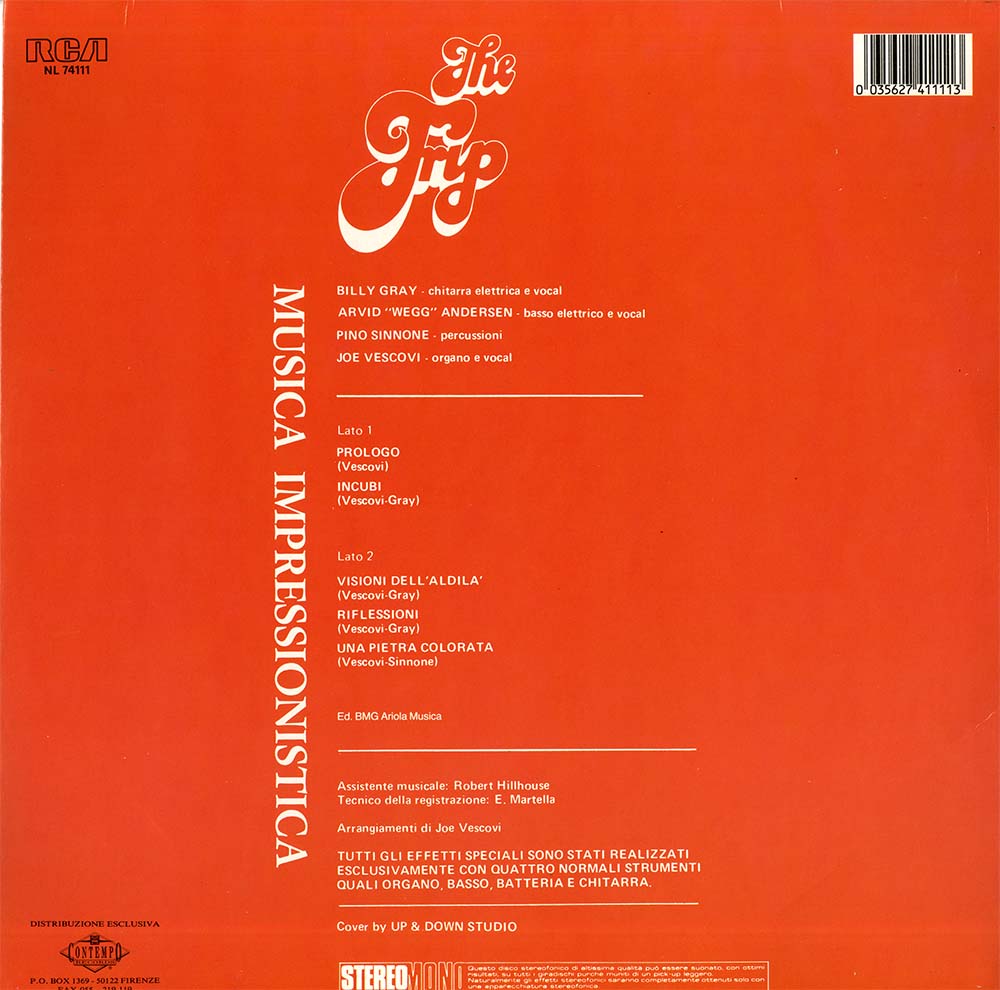
Some ludicrous moments
Side two opens with the spectacular ‘Visioni Dell ‘Aldila’ (’Visions Of The Afterlife’), a fantastical journey into the transcendent states following mortality (and “there is no resurrection”, the lyric states). The operatic multi-part nature of the track includes at one point what sounds like the violent hammering of a nail into a metal sarcophagus (in reality, probably a very tightly tuned snare drum). ‘Riflessioni’ (’Reflections’) is a more conventional heavy rock piece with harmonic vocals performed by Gray, Vescovi and Andersen in unison over a guitar riff. Without apparent motivation, the track segues briefly into a slow country and western jam and then into a gospel section (with the lyric “Peace is what we have found”). It’s almost as if the ‘Trip’ is defined as a journey through the complete history of western popular music in just under six minutes.
‘Una Pietra Colorata’ (‘A Coloured Stone’) is the most commercial track on The Trip, being brief and with a tuneful guitar/organ riff and a catchy verse/chorus pattern that brings the LP to an oddly conventional close. It was released as the only single from the LP. But then, the melodic instinct has always been an engaging aspect of Italian pop and rock music, evident even in the most ‘out there’ musical genres.
Like most progressive recordings, The Trip has some ludicrous moments, and the vocals are perhaps the weakest part of the LP. This is because the human voice, especially singing in a contrived pop/rock register, can break the spell of a journey into another state of consciousness that has been carefully built by the musical passages. Although the group (according to Vescovi) were uninterested in mind-expanding drugs, The Trip does manage to convey the flowing, always moving dimensions of altered states.
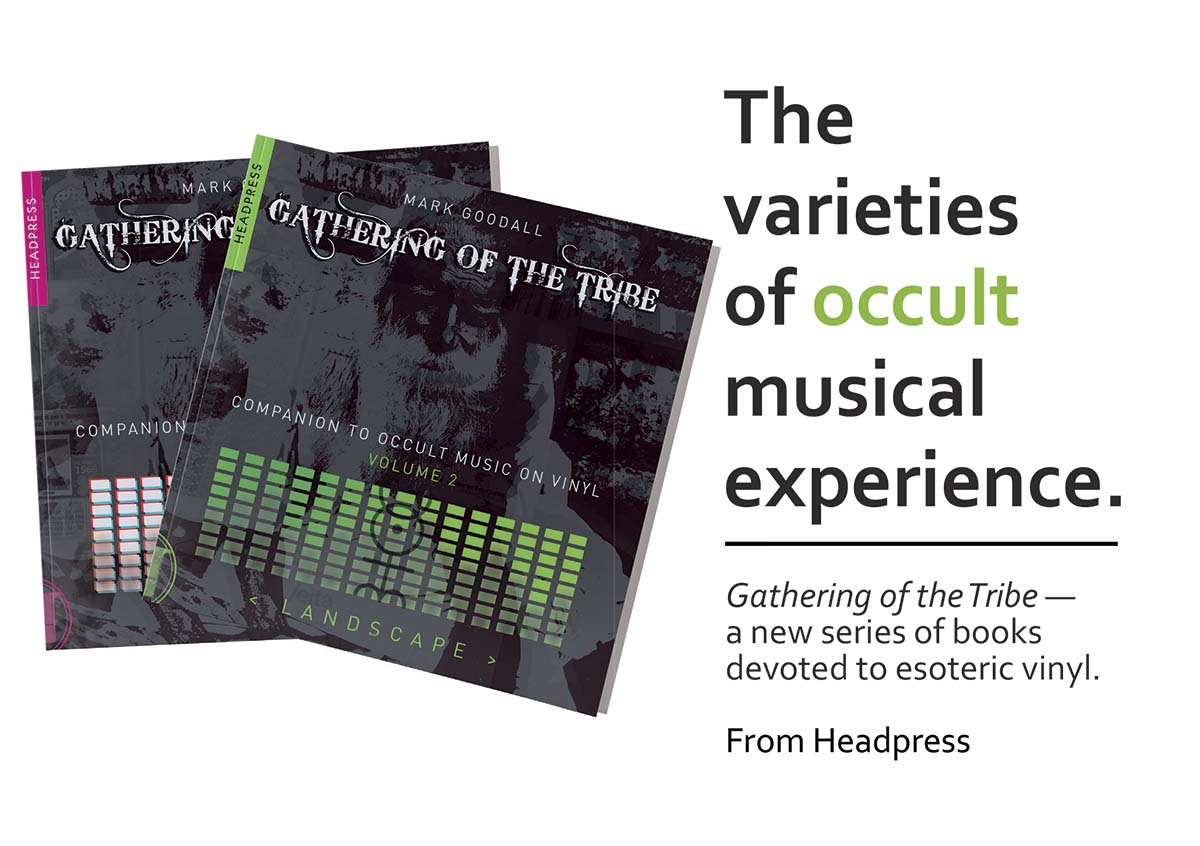
-
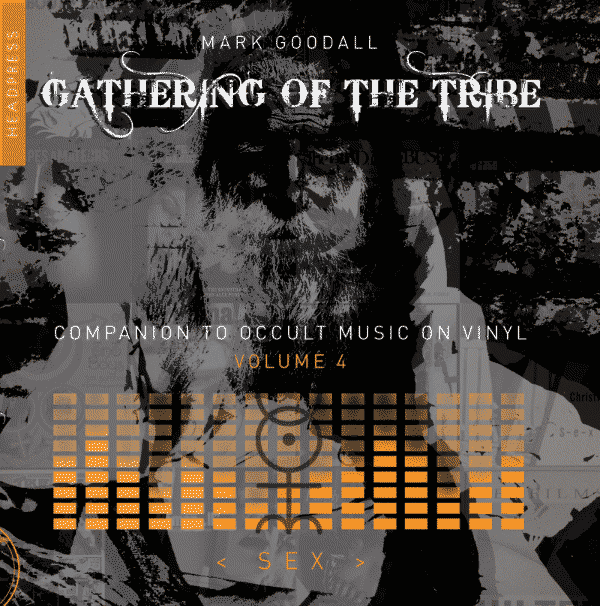 Gathering of the Tribe: Sex“Love is two minutes and fifty-two seconds of squelching noises” —Johnny Rotten, Rolling Stone£0.00
Gathering of the Tribe: Sex“Love is two minutes and fifty-two seconds of squelching noises” —Johnny Rotten, Rolling Stone£0.00 -
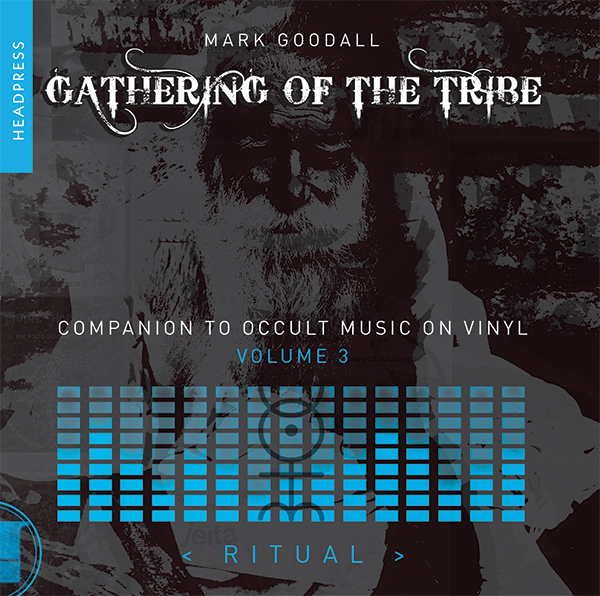 Gathering of the Tribe: RitualVol 3 — A practical guide to the ultimate occult record collection.£9.99 - £12.99
Gathering of the Tribe: RitualVol 3 — A practical guide to the ultimate occult record collection.£9.99 - £12.99 -
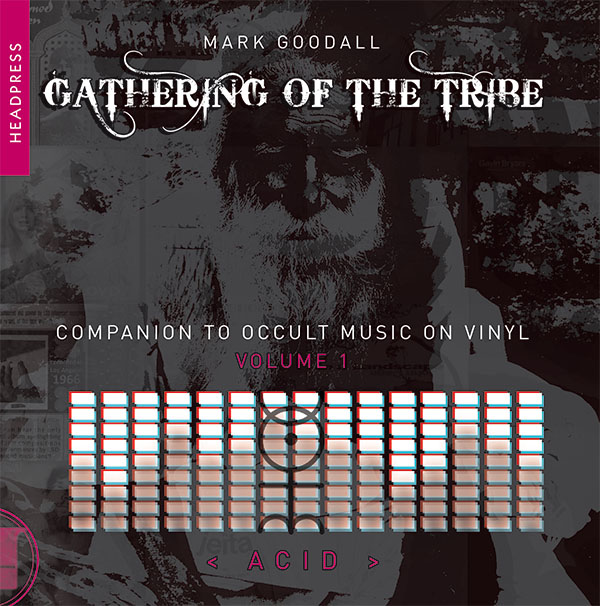 Gathering of the Tribe: AcidVol 1 — A practical guide to the ultimate occult record collection.£9.99 - £12.99
Gathering of the Tribe: AcidVol 1 — A practical guide to the ultimate occult record collection.£9.99 - £12.99 -
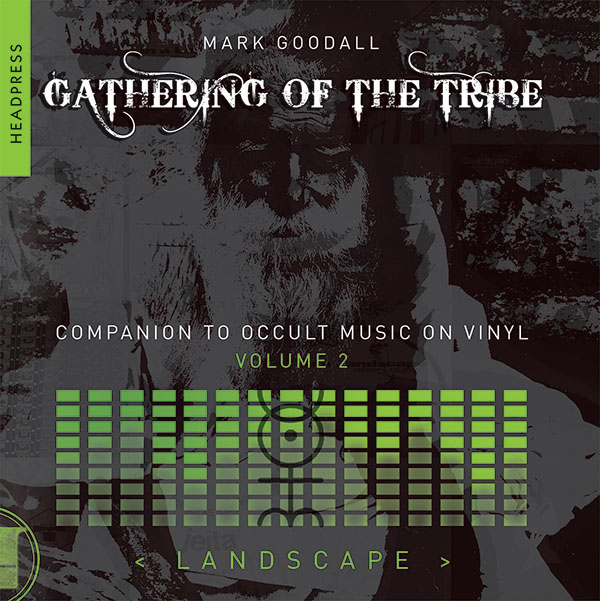 Gathering of the Tribe: LandscapeVol 2 — A practical guide to the ultimate occult record collection.£9.99 - £13.99
Gathering of the Tribe: LandscapeVol 2 — A practical guide to the ultimate occult record collection.£9.99 - £13.99 -
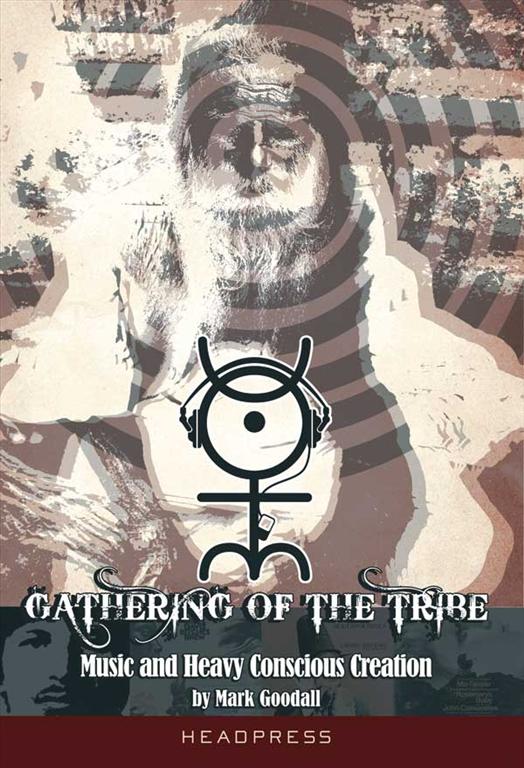 Gathering of the TribeAn album by album look at the role of the occult in popular music.£9.99 - £25.00
Gathering of the TribeAn album by album look at the role of the occult in popular music.£9.99 - £25.00
Mark Goodall
Like this article?
Related Posts
Comments
Copyright © Headpress

